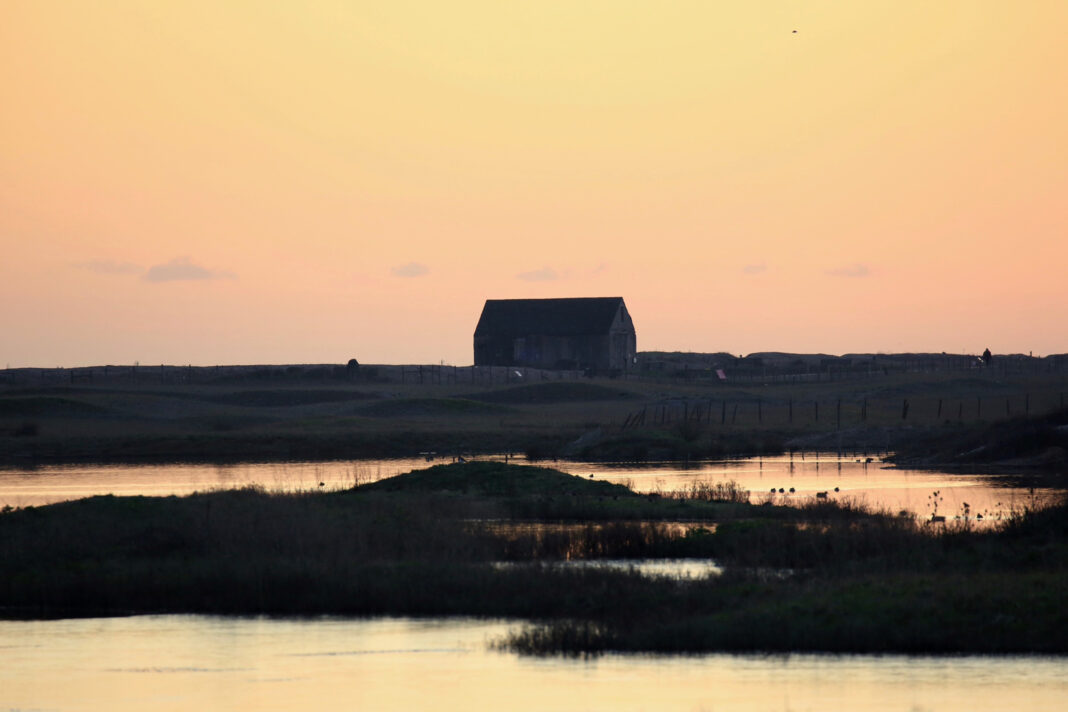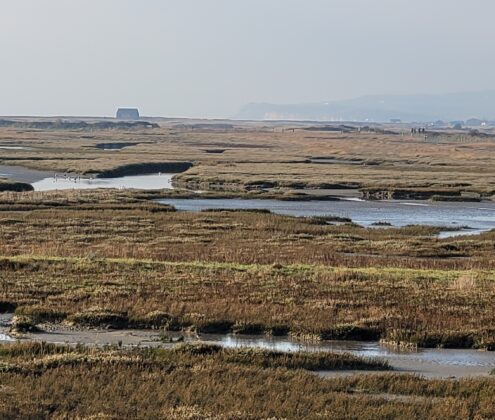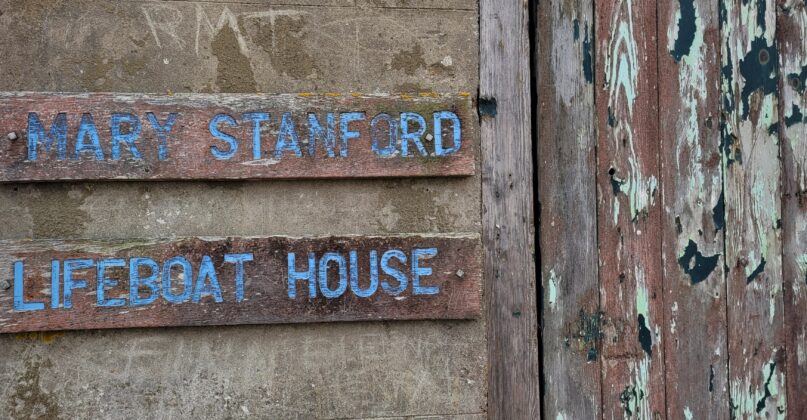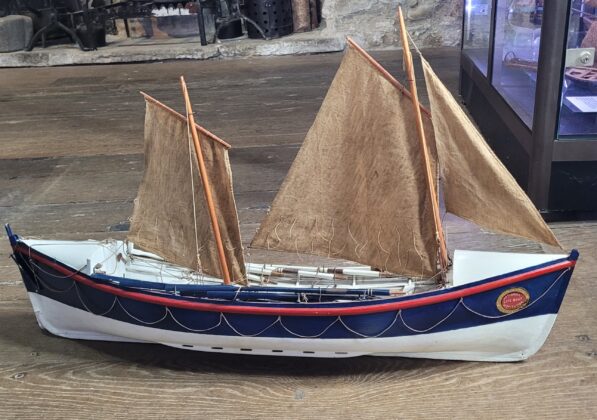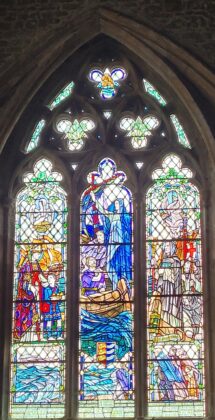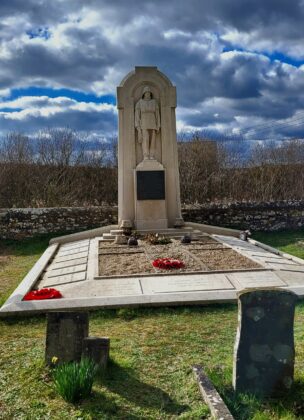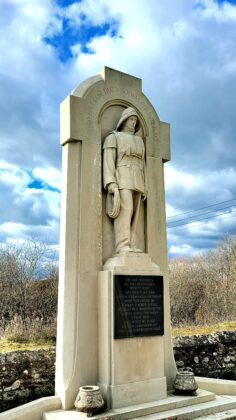The Friends of the Mary Stanford Lifeboat House campaign to save this important building for posterity, has been re-energized in recent months with a growing number of Facebook members (reaching 1600 so far), a new website soon to be launched, a new JustGiving page and various fundraising events already having taken place.
The next event is an exciting evening of music and spoken word to mark the 95th anniversary of the loss of the Mary Stanford lifeboat and crew, to be held on Friday, November 17 at 7:30 pm at Rye Community Centre. Performers include Roger Hubbard, the Rye Bay Crew, ‘Northern Nick’, and the Ryebellion Drummers amongst others. There will also be an auction of photographs and artwork depicting the lifeboat house.
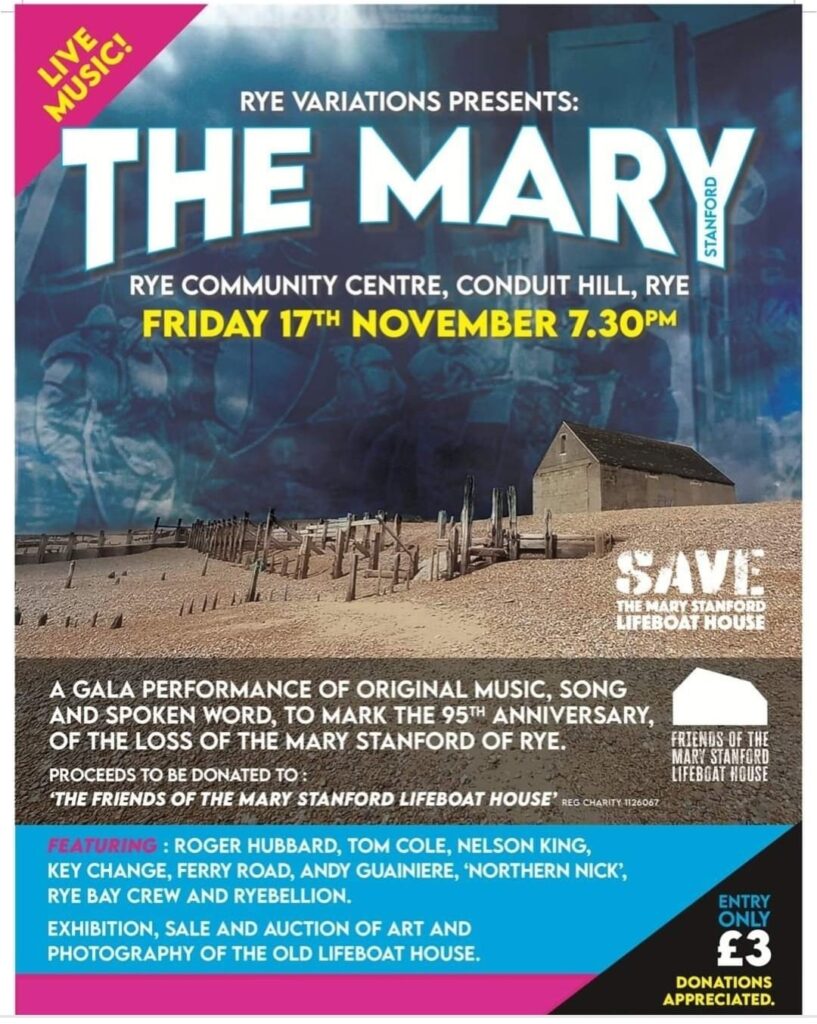
The Mary Stanford Lifeboat House, the iconic building standing alone on the shingle between Rye Harbour and Winchelsea Beach, is held dear by both local people and visitors alike, acting as a memorial to the terrible events of November 15 1928 when all 17 members of the Mary Stanford lifeboat perished when on a mission, in stormy seas, to rescue crew from the stricken ship Alice of Riga, a disaster that traumatised the tiny community of Rye Harbour (see A History of Rye through museum objects, the Mary Stanford lifeboat model ). Its distinctive outline, punctuating the wide, flat landscape, and recognisable from Rye Harbour, Cliff End and Pett Level, Winchelsea Beach and, even from the high street in Winchelsea, reminds us of the fragility of both life and landscape in the face of the power of the sea.
The lifeboat house was constructed in 1882, a rare example of pre-cast shingle “no fines” concrete, and possibly the only lifeboat house made of this material still in existence. It was used by the RNLI until the disaster but was sold to the Kent Catchment Board which became the Kent River Board, then Southern Water and finally the Environmental Agency. It was used by the Rye Harbour Nature Reserve as an educational facility for school children to learn about the disaster but has lain empty since 2003 exposed to the elements and is, at very high tides and storms, perilously close to the ravages of the waves (its position can be seen in this Save the Mary Stanford Lifeboat House appeal video).
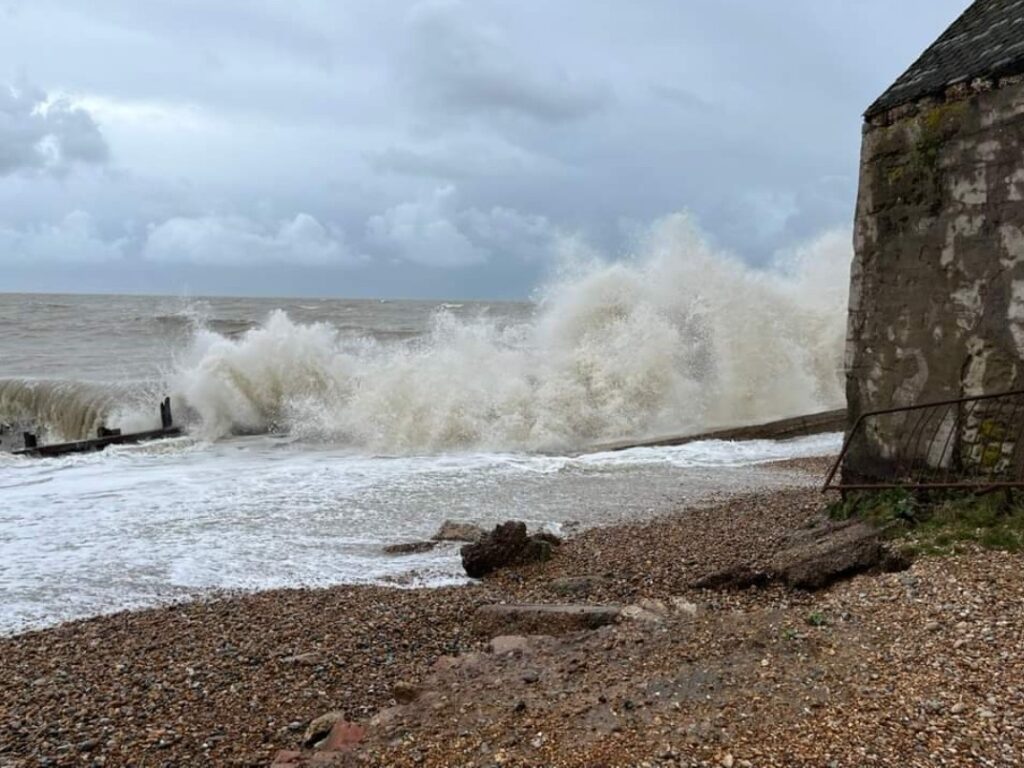
Such is the strength of feeling for this building and its importance as a place of remembrance for the bravery and dedication of all lifeboat crews who risk their lives to save those of others, that the Friends of the Mary Stanford Lifeboat House was set up in 2017 to raise funds and work to rescue and restore the building, if possible in time for the centenary of the disaster in 2028.
Jacqui Stanford, a parish councillor on Icklesham Parish Council and chair of the friends, has worked hard since the group’s inception which now makes it possible for the friends to grow and to fundraise more actively.
First, she applied for and got charity status for the group, charity number 1126067. Then a successful application was made to English Heritage to get the boathouse grade II listed, to protect it, as there were calls by some, to pull the building down. At that time, the Environment Agency was the owner of the building and cleared the area around and agreed to protect the building with shingle.
Jacqui Stanford formed a limited company, Friends of the Mary Stanford Lifeboat House, company number 7809704, run on a voluntary basis and submits accounts for both Companies House and the Charities Commission on a yearly basis. After negotiations, the friends now hold freehold ownership of the lifeboat house and the land around it, quite some achievement, and another vital step towards restoration.
The next stage was to find a civil engineer to work with on the actual restoration plan so that the friends could apply for funds. Brian Morton, the civil engineer for Canterbury Cathedral and some very historic churches on Romney Marsh. had heard of the restoration project and spent many hours at the boathouse before coming up with the restoration plan. Unfortunately, Brian died suddenly before Covid, but his plan remains in place.
With Brian’s help the friends then found local conservation builders, W Tollett, who have carried out many projects for English Heritage. Brian interviewed them on how they would conduct the works and was more than satisfied that they were the right builders to use. Whilst trying to raise the funding, the boathouse is checked regularly for any immediate works, which the friends fund, but Brian Morton’s report was absolutely clear following a structural inspection that: “The building has stood up to many storms and obvious changes in the beach levels and, in my opinion, is not at risk of collapse.” Visitors cannot see, but acro props are installed inside at the doorway to hold the lintel up.
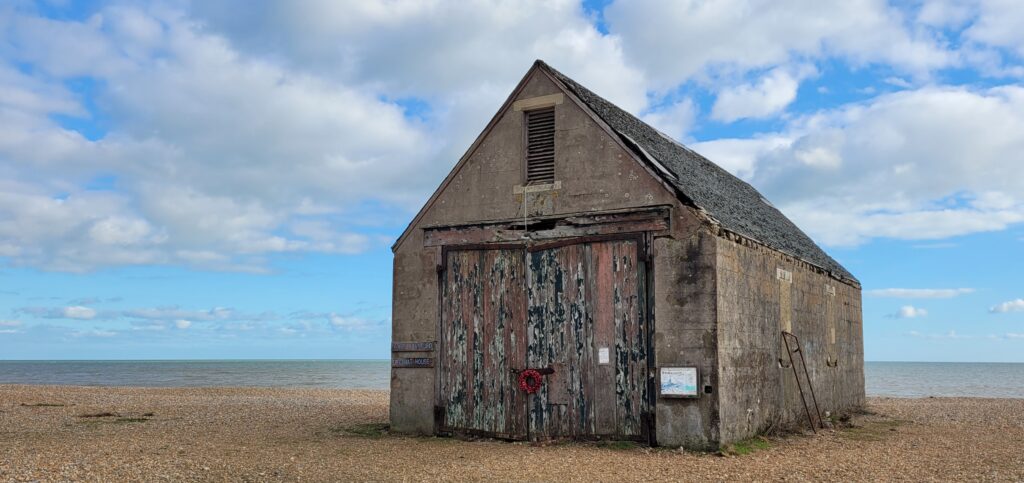
Despite these assurances, the building is in a bad state of disrepair: the windows and doors are bricked up, the paint of the large double doors is peeling, exposing the wood to the elements, and graffiti, although cleaned off periodically, appears over it.
Previously, the friends applied for a National Lottery grant but were unsuccessful as the discovery centre at the nature reserve received one, but they intend to reapply in the belief that this is the sort of project that the lottery supports.
The friends estimate that a sum of £250,000 is needed to preserve the lifeboat house, a cost that has increased since the original quote due to the increase cost of wood and other materials. They aim to restore it to as near as it was when it was built and open it as a museum to the history of the Mary Stanford lifeboat.
In recent months, local film maker Adrian Wheeler, has got involved in helping to raise funds through organising events, using social media to make more people aware of the campaign and encouraging others to become involved. He passionately believes that the story of the disaster should be told (he has written a screenplay about the story) and that saving the lifeboat house will ensure that the memory of the crew and their sacrifice will live on.
If you would like to be part of the campaign to save the lifeboat house, please make a donation to the JustGiving page, organise a fundraising event or let others know about the story behind the building.
For more information you can contact Jacqueline Stanford at jacqueline.stanford@sky.com
Donations can also be made at : Friends of the Mary Stanford Lifeboat House account number: 00158314 Sort code: 30-00-04
https://www.instagram.com/savemarystanfordlifeboathouse/
Image Credits: Kt bruce , The Friends of the Mary Stanford Lifeboat House , David King , Juliet Duff , Juliet Duff/Rye Castle Museum .



